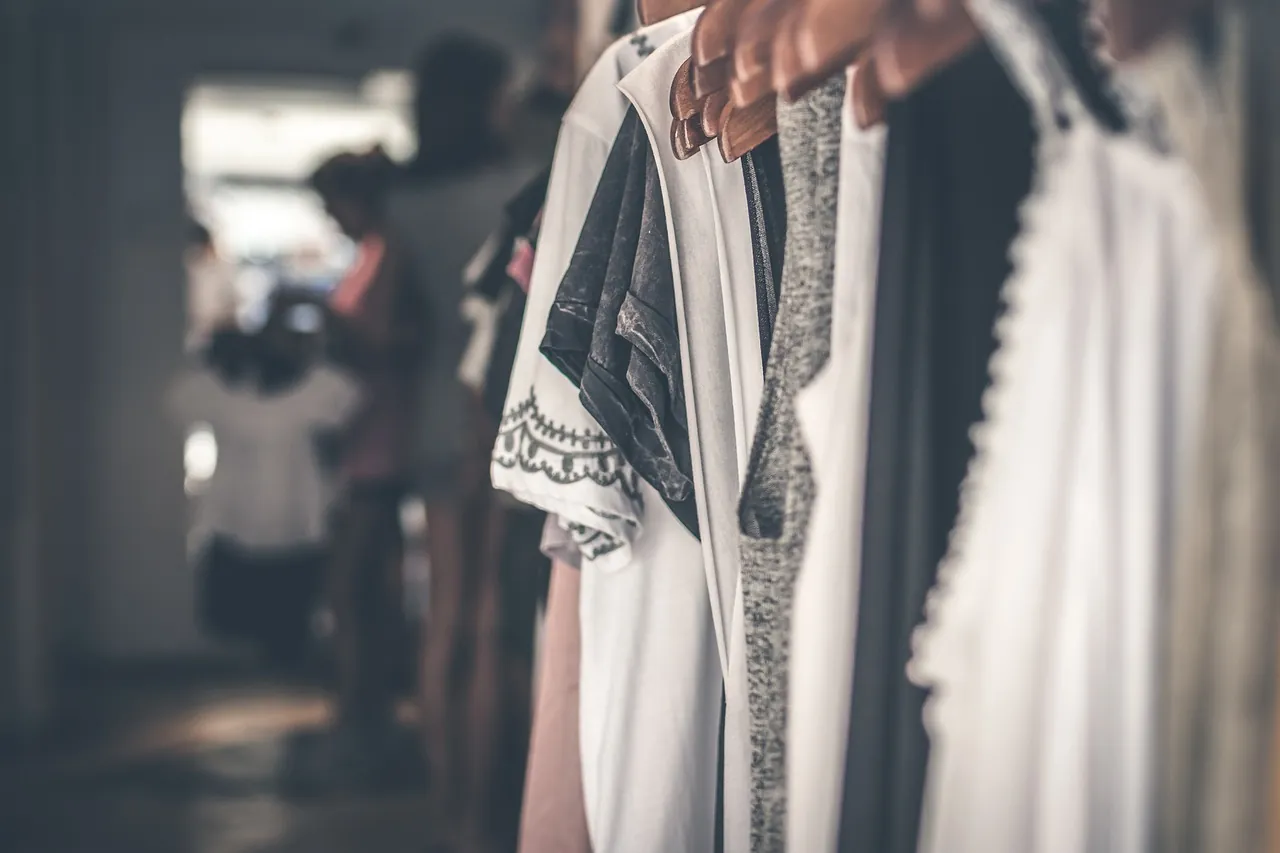Investigating Upcycled Fabrics: Their Role in Today's Fashion Industry

The Rise of Upcycled Fabrics in Fashion
The fashion industry, long criticized for its environmental impact, is experiencing a transformative shift. Upcycled fabrics, once a niche interest, are increasingly becoming a cornerstone of sustainable fashion. By reusing materials that would otherwise contribute to waste, designers are crafting unique and environmentally friendly garments that appeal to conscious consumers.

Upcycled fabrics are created from existing materials, giving them a new life and purpose. This process not only reduces the demand for virgin materials but also diverts waste from landfills, addressing two significant environmental issues. In an era where sustainability is more than just a buzzword, upcycling represents a practical step towards reducing fashion's ecological footprint.
Environmental Benefits of Upcycling in Fashion
By embracing upcycling, the fashion industry can significantly cut down on waste and resource consumption. The benefits include:
- Waste Reduction: By transforming waste into new products, upcycling prevents textiles from ending up in landfills.
- Resource Efficiency: It reduces the need for new raw materials, saving water and energy traditionally used in fabric production.
- Carbon Footprint: Reusing materials helps lower the carbon emissions associated with the production of new fabrics.
For example, brands like Patagonia and Eileen Fisher have successfully integrated upcycled materials into their collections, showcasing that it's possible to blend sustainability with style.
A Case Study: Patagonia's Worn Wear Program
Patagonia's Worn Wear program exemplifies how upcycling can be implemented on a large scale. By encouraging customers to repair and repurpose their clothing, Patagonia not only extends the life of its products but also fosters a deeper consumer connection with sustainability.
Creative Challenges Faced by Designers
While the environmental benefits are clear, upcycling presents unique challenges to designers. Creating garments from upcycled fabrics requires a different approach compared to using new materials. Designers must be adept at working with limited resources and often inconsistent materials. Here are some key challenges they face:
- Material Quality: The quality of upcycled materials can vary widely, affecting the final product's durability and aesthetic.
- Design Constraints: Limited availability of materials may constrain design options, requiring more creativity and adaptability from designers.
- Cost Implications: While upcycling reduces material costs, it can increase labor costs due to the time-intensive nature of sorting and processing recycled materials.
Despite these challenges, many designers find that the creative possibilities offered by upcycling are worth the effort. The uniqueness of each piece can set a brand apart in a competitive market.
Consumer Reactions to Upcycled Garments
The consumer response to upcycled garments has been overwhelmingly positive, especially among eco-conscious shoppers who prioritize sustainability. Consumers appreciate the story behind each piece and the reduction of environmental impact associated with their purchase.
However, there remains a segment of consumers who are skeptical about the quality and price of upcycled fashion. Education plays a crucial role here—brands must communicate the benefits and craftsmanship involved in upcycled fashion to justify price points and quality expectations.
Building Trust with Transparency
Transparency about sourcing and production processes can help alleviate consumer concerns. Brands that openly share their upcycling journey tend to foster greater trust and loyalty among their customer base. For instance, Everlane's commitment to transparency has resonated well with consumers who value ethical practices.
Practical Tips for Incorporating Upcycled Fabrics
If you're a designer or brand looking to incorporate upcycled fabrics into your work, consider these practical tips:
- Sourcing Partnerships: Collaborate with organizations that specialize in textile recycling to secure consistent supplies of quality materials.
- Educate Your Audience: Use your platforms to inform consumers about the benefits and craftsmanship involved in upcycled garments.
- Pilot Collections: Start with small capsule collections to test consumer interest and manage resource constraints effectively.
By taking these steps, you can effectively integrate upcycled materials into your designs while meeting both creative and business objectives.
The Future of Upcycled Fashion
The future looks promising for upcycled fashion as awareness around sustainability continues to grow. The industry's gradual shift towards circular economy models will likely increase demand for innovative solutions such as upcycling. As technology advances, we can expect improved processes for sorting and processing materials, which will address current quality challenges and make upcycled fashion more accessible on a broader scale.
Ultimately, the combination of environmental benefits, consumer interest, and creative possibilities positions upcycled fabrics as a powerful tool in reshaping the fashion landscape for the better.
 TrendLayer
TrendLayer